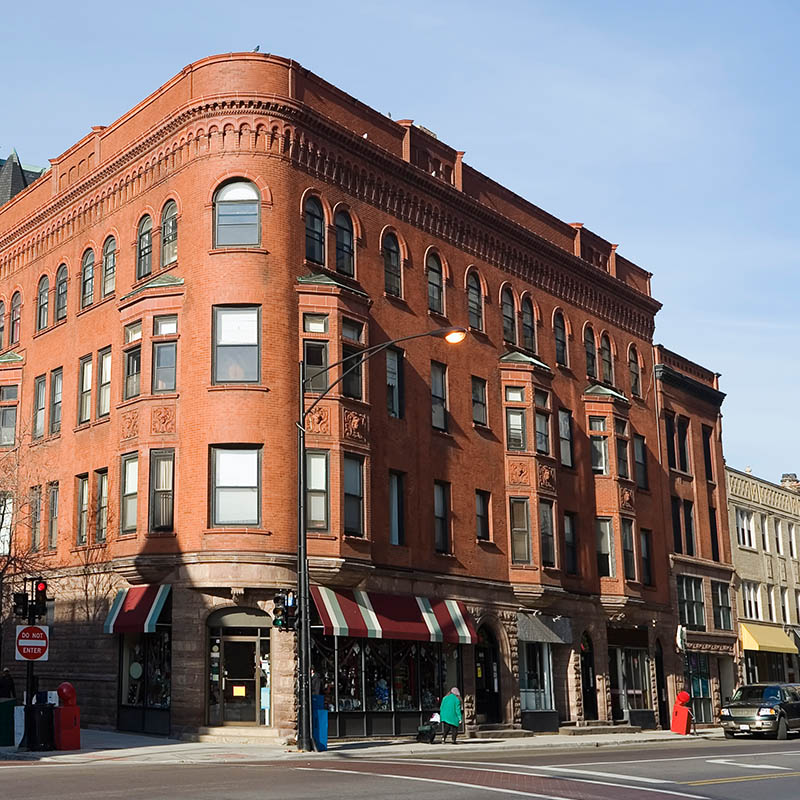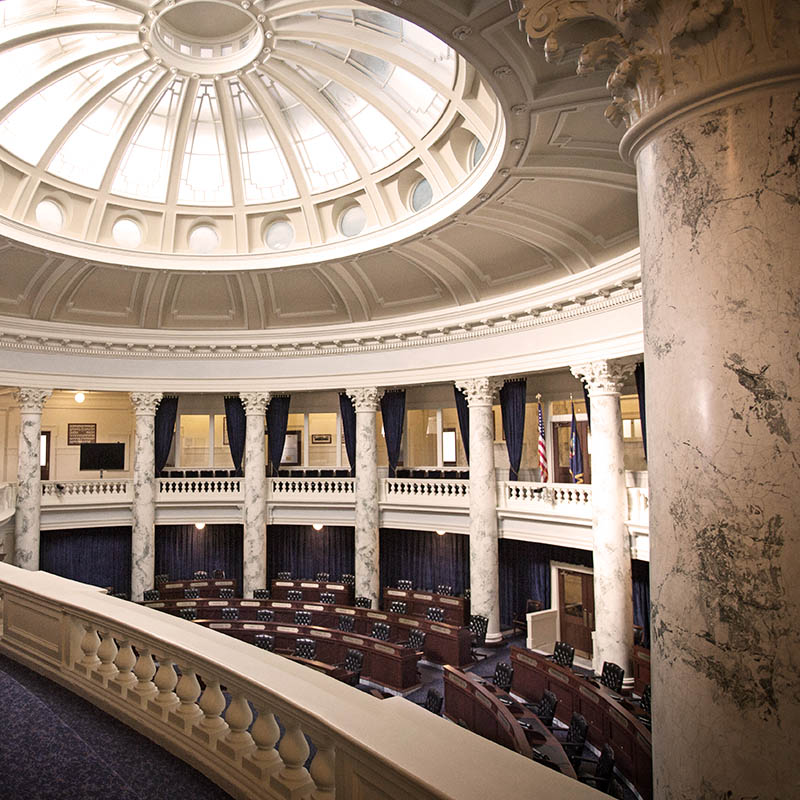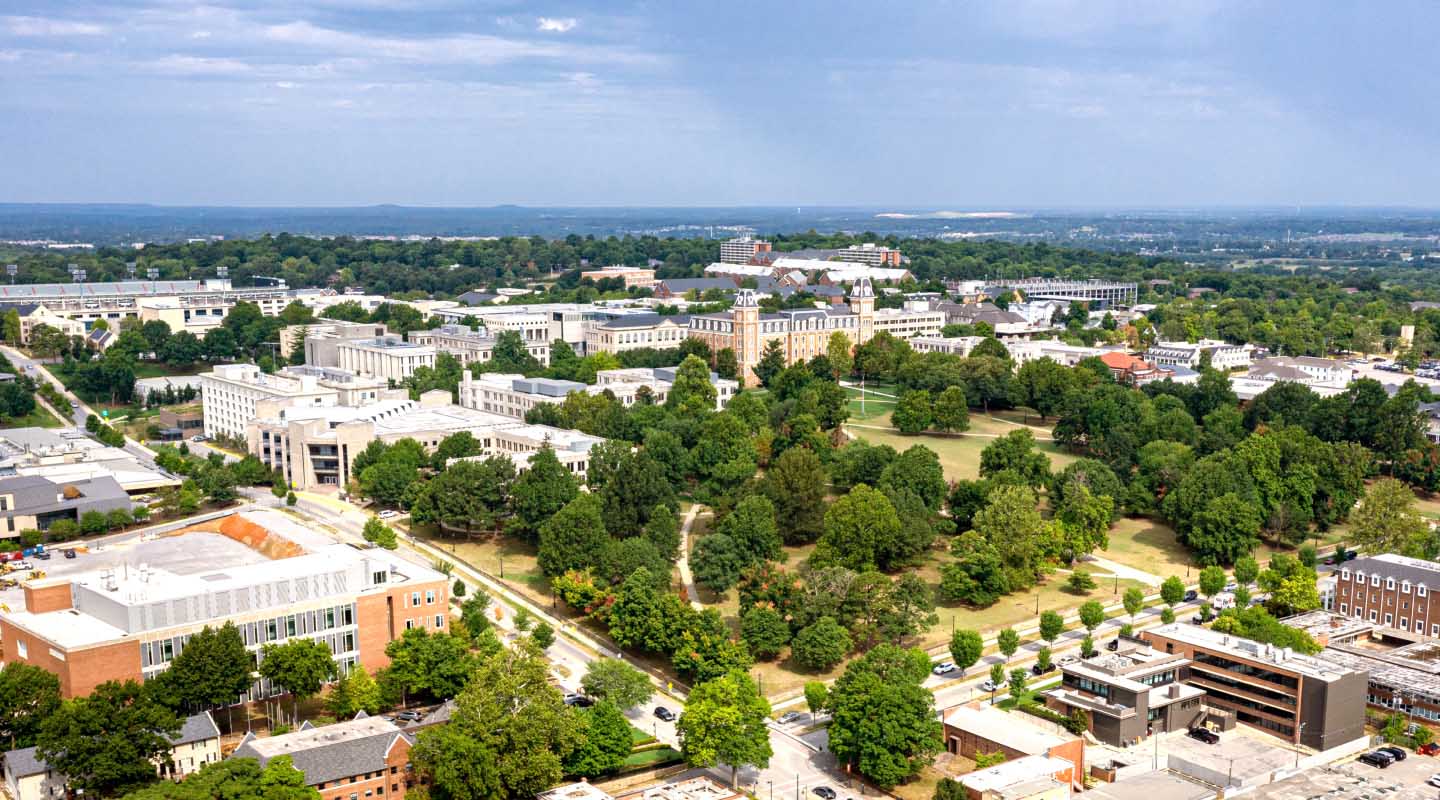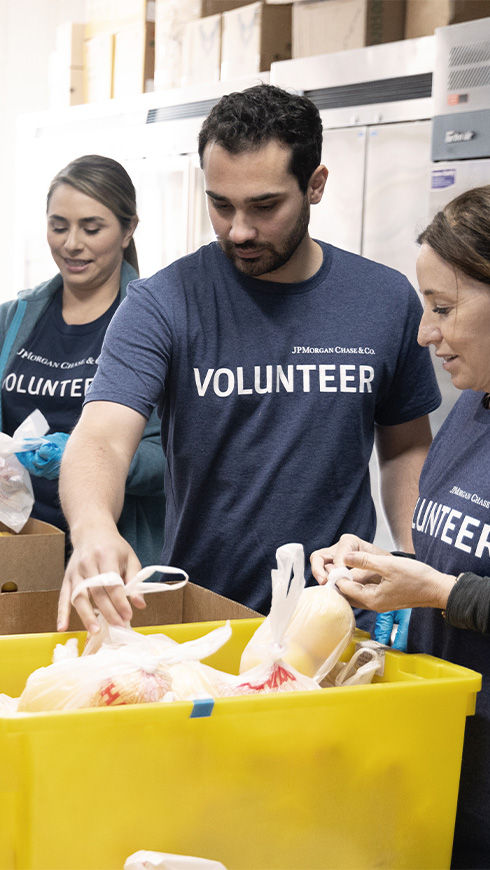
What we do
Local businesses and organizations are at the heart of our communities. When they do well, we all do well. We’ve been working for more than 100 years to provide capital, expertise and financial solutions to spur business growth and make communities stronger. Want to learn more about our mission and our impact?
How we uplift communities
Our efforts to help power economic growth focus on several key areas: strengthening local and diverse businesses, supporting vital institutions, and developing and advancing our communities.

Affordable housing
We provide financing and services to developers and property owners to help keep rents affordable.

Community Development Financial Institutions (CDFIs)
We provide financing to CDFIs so they can support crucial community services.

Local and Diverse Businesses
Our support of local and diverse businesses is key to fostering opportunity and more vibrant communities everywhere.

Government
Innovative municipalities make life easier for their citizens. We help drive those improvements.

Green Economy Banking
We serve companies that are advancing decarbonization across the globe through innovative business and technology solutions.

Health care
From providers to researchers to startups, we help all of them navigate the health care sector.

Higher education
We support colleges and universities so they can operate more efficiently.

Minority Depository Institutions (MDIs)
We're channeling our investments and resources to help MDIs grow and positively impact our communities.

Midsize companies
We help guide their growth by providing access to capital and business opportunities.

Nonprofits
We’ve been supporting nonprofits for years—allowing them to do the work the world needs.
Related insights

Business Planning
Insights, tools and resources to help entrepreneurs thrive
Apr 15, 2025
We’ve gathered tips, research and inspiring stories to support entrepreneurs and founders as they succeed and scale their businesses.
Read more
Real Estate
Higher education’s role in workforce housing development
Apr 14, 2025
Find out how colleges and universities can help meet the need for workforce housing—and why it’s a win-win for institutions and their communities.
Read moreCorporate Responsibility
Insights from women leaders to help you run, lead and scale your business
Read moreMore resources

More resources
Private Business Advisory
Every business eventually faces a transition, so it’s crucial for owners to understand their options, whether it’s selling at the right time or retaining a legacy business across generations.
Chase Connect®
Manage multiple accounts and control cash flow—all from one dashboard, anywhere and anytime.
Global Research
Find industry-leading analysis and investment advice from J.P. Morgan’s Research team.
Our corporate impact
Find out how JPMorgan Chase is creating a more inclusive economy.
Our newsletters
Access economic and industry insights.
Our podcasts
Hear discussions on research, treasury and more.
Get in touch
Hide
Get in touch
Hide
